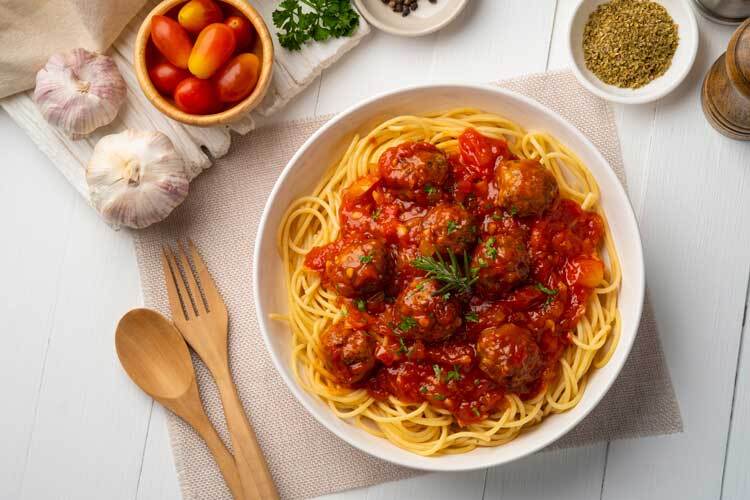Stewing beef is a versatile ingredient ideal for making hearty, comforting meals, especially in cold weather. This blog post explores stewing beef, including how to choose the best cuts, cooking techniques, and delicious recipes. Regardless of whether you’re an experienced home cook or just starting out in the kitchen, this comprehensive guide will provide you… Read More…
Posts from September, 2024
Beef Meatballs Roll Up the Charts: Canada’s New Favourite Food
Beef meatballs are a popular dish made from ground beef, combined with various ingredients and seasonings, and formed into small, round balls. These bite-sized delicacies are a staple in many cuisines around the world, including Canadian cuisine. The basic ingredients for beef meatballs typically include ground beef, breadcrumbs or another binder (such as eggs or… Read More…



